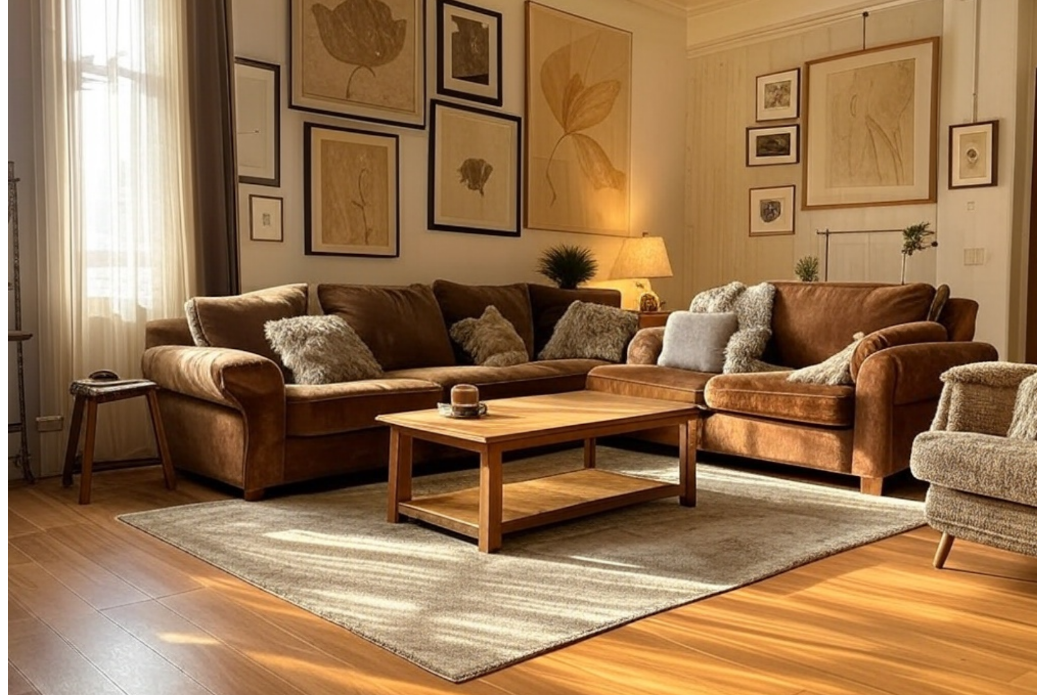
Adding Depth to Your Interiors
Artifex Interio 02-05-2025 09:48:06
When it comes to home interior design ideas, colour, furniture and layout often takes the center stage. However, an often less talked about component that can make or break the aesthetics of a space is texture.
Somehow, the blend of well-balanced textures not only add depth but character and warmth too. The right use of textures in a place can truly make the space feel inviting and visually dynamic. Whether it’s the roughness of a brick texture or a velvet upholstery, there are a lot to choose from.
In this Artifex Interio guide, we will explore the art of mixing textures, practical ways to incorporate them and share some practical tips from our designers.
What are the Psychological Impacts of Texture in Interior Design?
Texture goes beyond just the physical feel of a surface; it also influences how we perceive a space. So, it goes without saying that the importance of textures in your bedroom and living area design is truly paramount.
A room with all smooth, glossy surfaces can feel stark and sterile, while an overuse of soft and plush materials may make it feel heavy and overwhelming. So, what textural elements should you be aware of?
If you are inclined more towards warmth, comfort and relaxation, soft textures like velvet, fur and wood make your living room, bedroom spaces, etc., more inviting.
If you want to add structure, strength and a sense of modernity, hard textures with wood, metal and glass are the perfect addition.
If you want to embrace a rustic charm in your home’s interior and add a layer of earthiness, rough textures like brick, raw stone, woven fabrics, etc. make for a great inclusion.
If you want sleekness, luxury and elegancy, smooth textures like high gloss finish, marble, etc., make for the perfect inclusion in your home.
How to Mix Textures Like a Pro: Insights from Artifex Interio Designers
Given the diversity of textures available for your interiors, a common confusion that we witness in our clients is making the final choice.
“Which textures would better fit in our homes? Will adding too many textures make the space look cluttered?” If you have similar inquiries, hang in there because our experts have some tips to share:
1. Start with a Neutral Base
The first step towards adding texture into your home is to start off with a neutral base, which serves as a blank canvas, allowing different textures to shine without overwhelming the space.
For example, you can opt for painted walls or simple furniture as your foundation and then introduce different textures into the space using accessories, fabrics or other décor elements.
A good instance for it would be the inclusion of a white or beige wall that serves as a clean canvas to highlight a velvet couch, a shaggy rug, or a distressed wooden coffee table.
2. Layer Different Fabrics
When it comes to textures in your living room, a common misconception is thinking that textures are only limited to the walls and floor, which is simply not true. In fact, one of the easiest ways to introduce texture into your interiors is through fabrics.
You can mix and match different types of fabrics like adding plush velvet cushions on a linen or leather sofa. Not just that, you can also layer sheer curtains with heavier drapes for contrast. The key is to know what would work cohesively.
3. Experiment with Contrasting Materials
If you want to add some tactile dimension to your space, experimenting with contrasting materials is a great way to achieve that.
For example, glass with wood is a great option for transparency and solidity. Similarly, metal with fabric brings a mix of industrial with cosy elements.
A real-time example that we have done in our project at Artifex Interio is including a glass dining table with rattan chairs and a marble countertop with a rustic wooden island. These truly offer a blend of modern and organic aesthetics.
4. Nothing Beats Inclusion of Natural Elements
Interior design in India heavily relies on the natural elements and rightfully so. Our nature is rich in texture, making it a great source of inspiration.
Be it wood, stone or plants, there are different kinds of textural elements to choose from and play around with. Also, designing a space with different natural textures makes the space feel alive, fresh and timeless.
5. Using Textured Walls and Ceilings
If you scroll through wall décor ideas for living room or bedroom, you will notice the rising popularity of textured walls and ceilings. Your plain white and boring walls and ceilings are things of the past.
Instead, textured finishes on the walls and ceilings are currently making its way. You can include elements like an exposed brick wall or wood panelling for a cosy and farmhouse like feel. Also, for a cheaper or more affordable alternative wallpapers with raised patterns are a great choice.
Textured walls and ceilings create visual interest and also eliminate the need for excessive decorations. So, if you are into minimalism, this is a great choice to consider.
Add Depth and Dimension to Your Interiors with Artifex Interio
The magic of a well-designed space lies in its textures. A thoughtful mix of soft and hard, matte and glossy, rough and smooth elements creates a visually rich and inviting atmosphere.
At Artifex Interio, we specialize in crafting texture-rich, beautifully designed interiors that reflect your personal style. Visit Artifex Interio today and bring depth and character to your interiors!
RECENT POSTS

Adding Depth to Your Interiors
2025-05-02 21:48:06
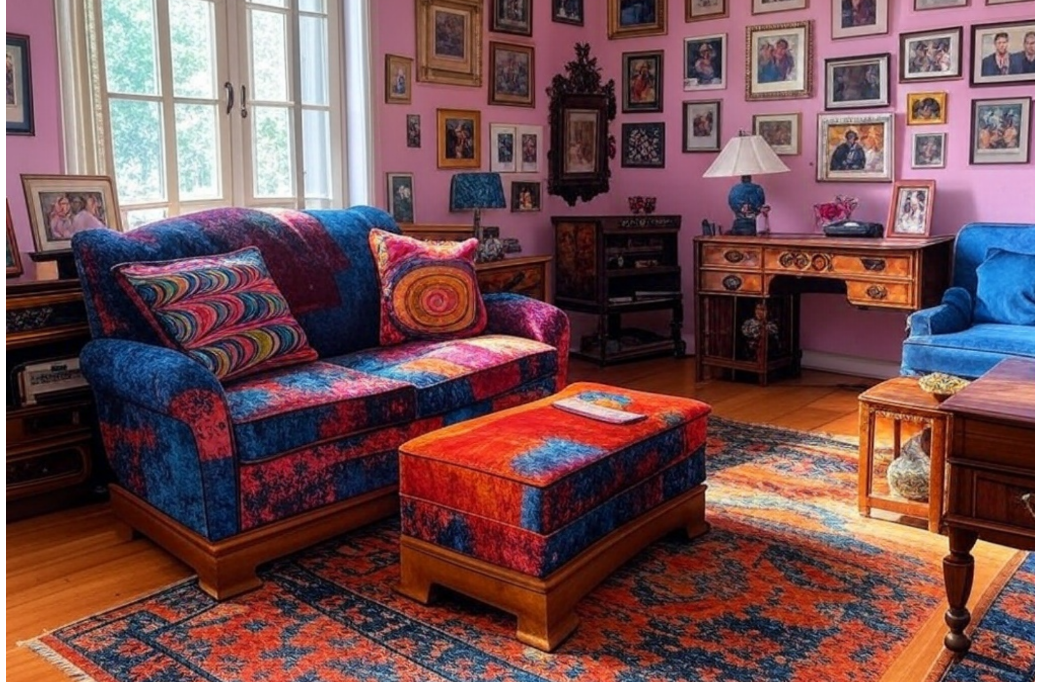
How Bold Style Is Taking Over Interiors & Fashion
2025-05-02 21:30:32
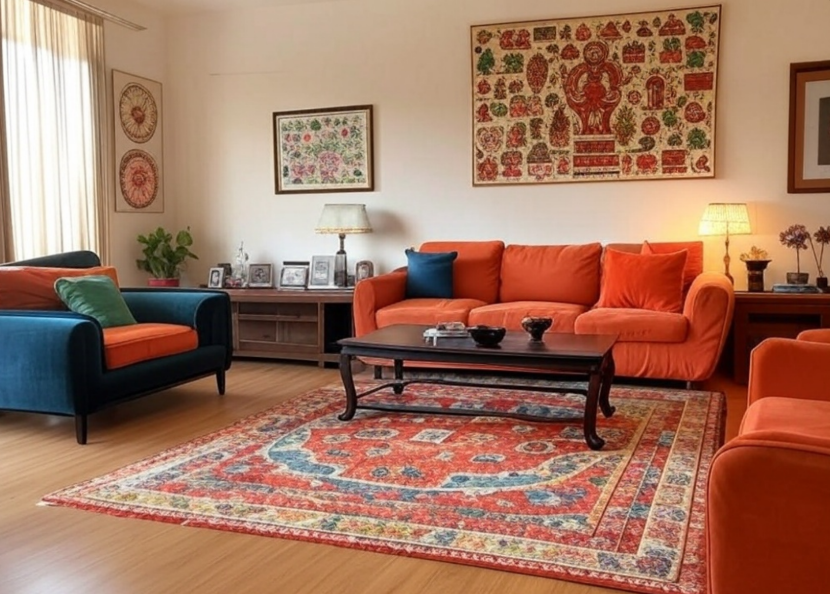
Clever Interior Design Hacks for Indian Apartments
2025-05-02 15:36:45
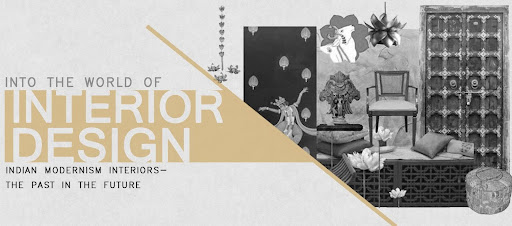
How Artifex Blends Traditional Indian Architecture with Modern Interiors?
2025-03-27 12:50:42
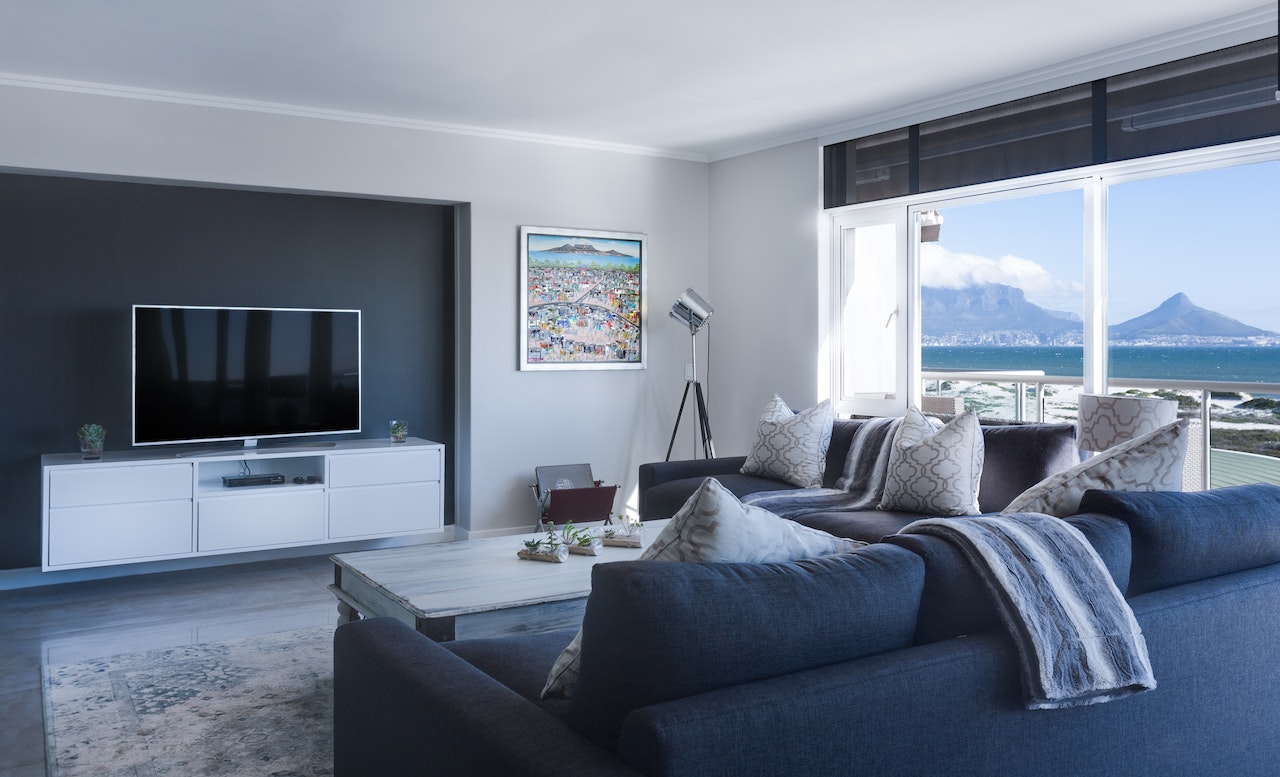
How to Make Your Room Look Aesthetic Without Buying Anything?
2023-06-01 19:54:46
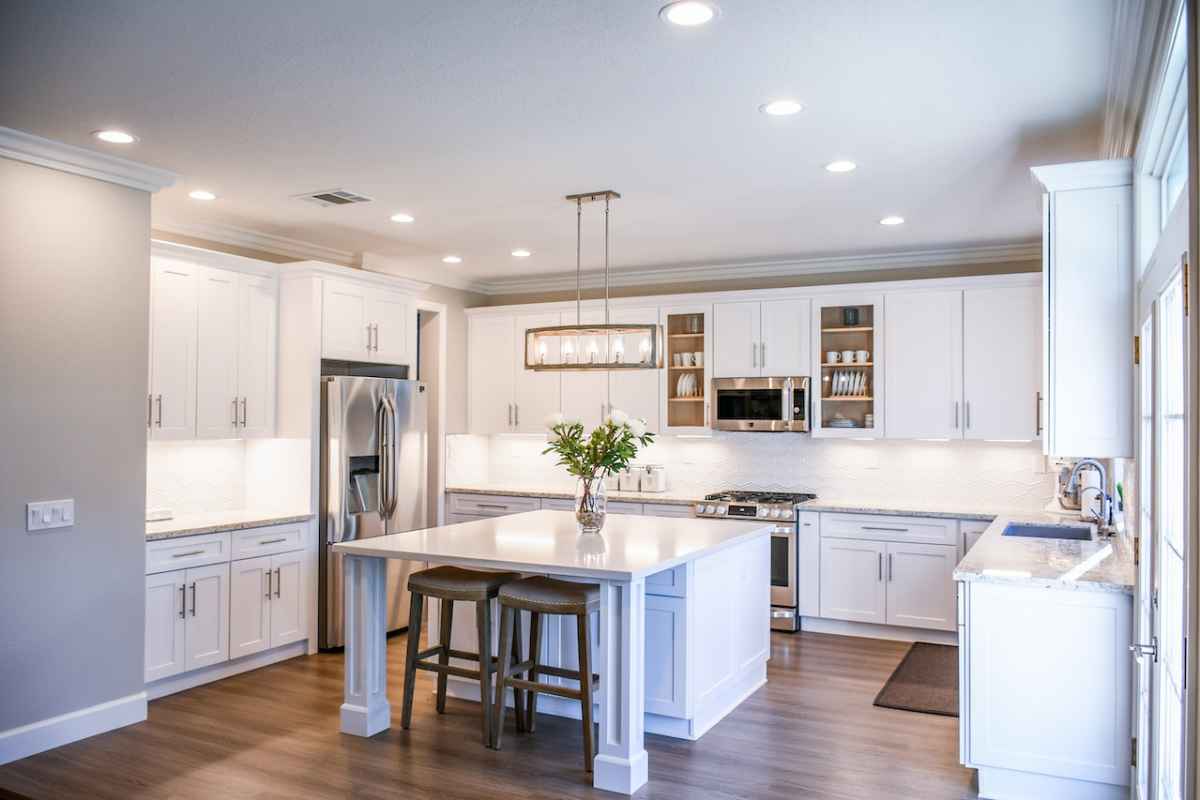
How Do I Make My 90s House Look Modern?
2023-06-01 19:43:06
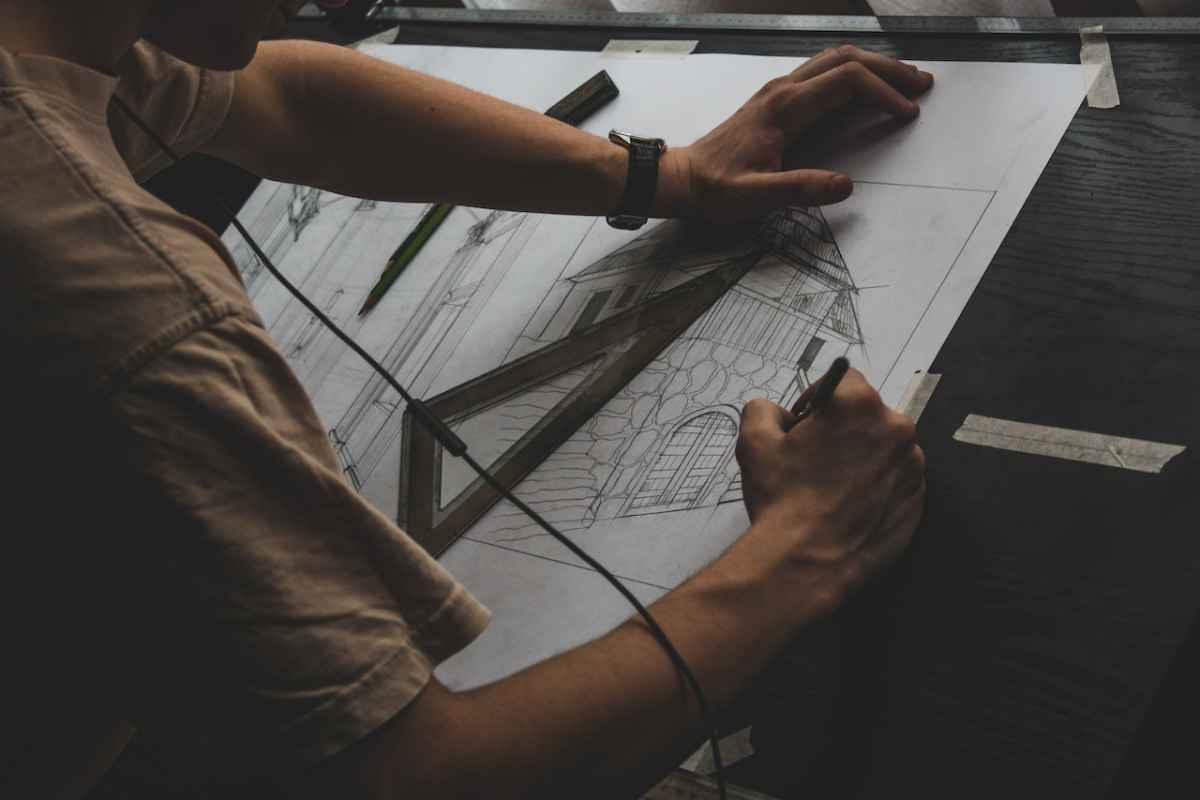
Is It Better to Hire an Interior Designer or Do It Yourself?
2023-06-01 18:48:15
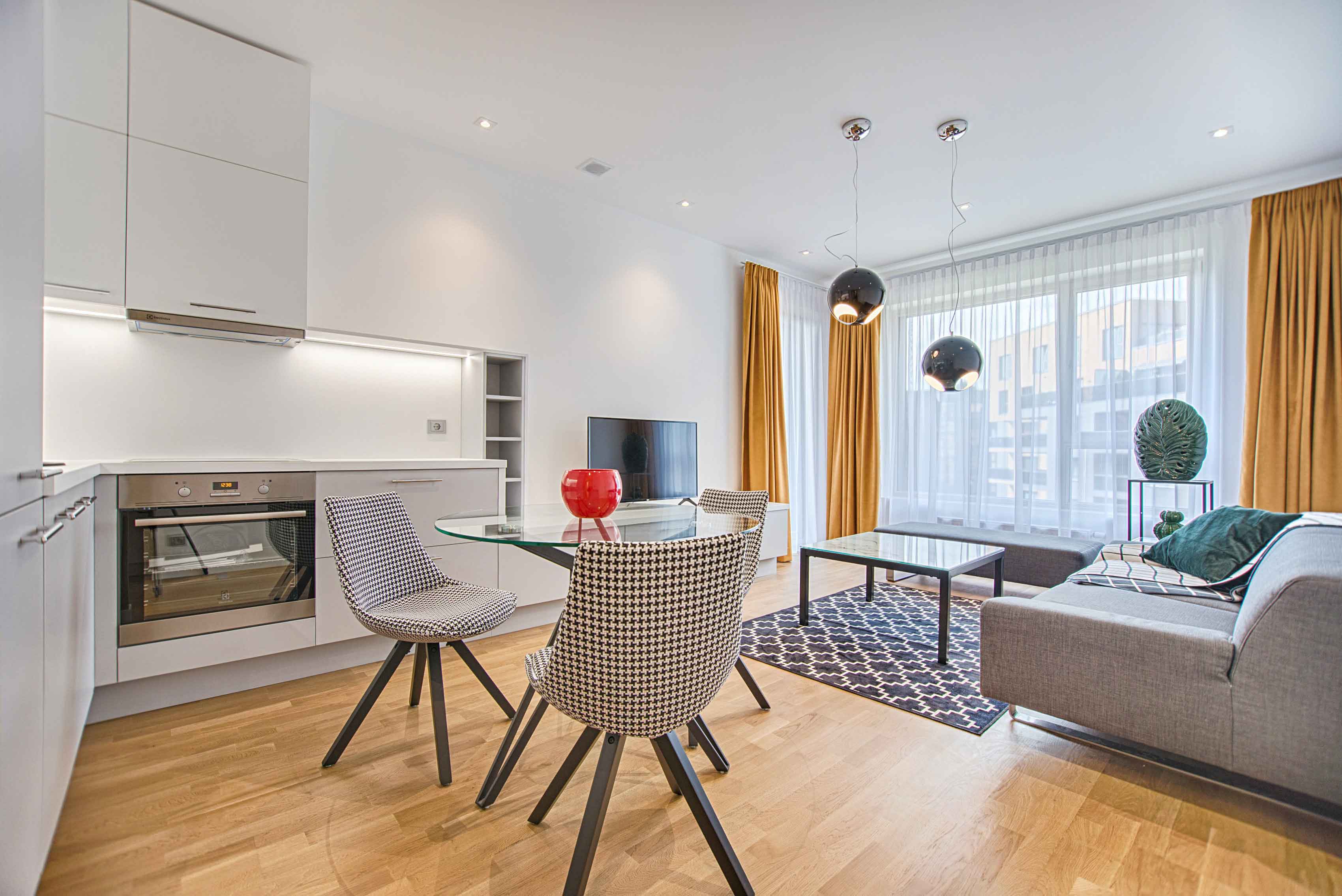
10 Benefits of Interior Design Consultant That May Change Your Perspective
2022-09-06 16:40:33
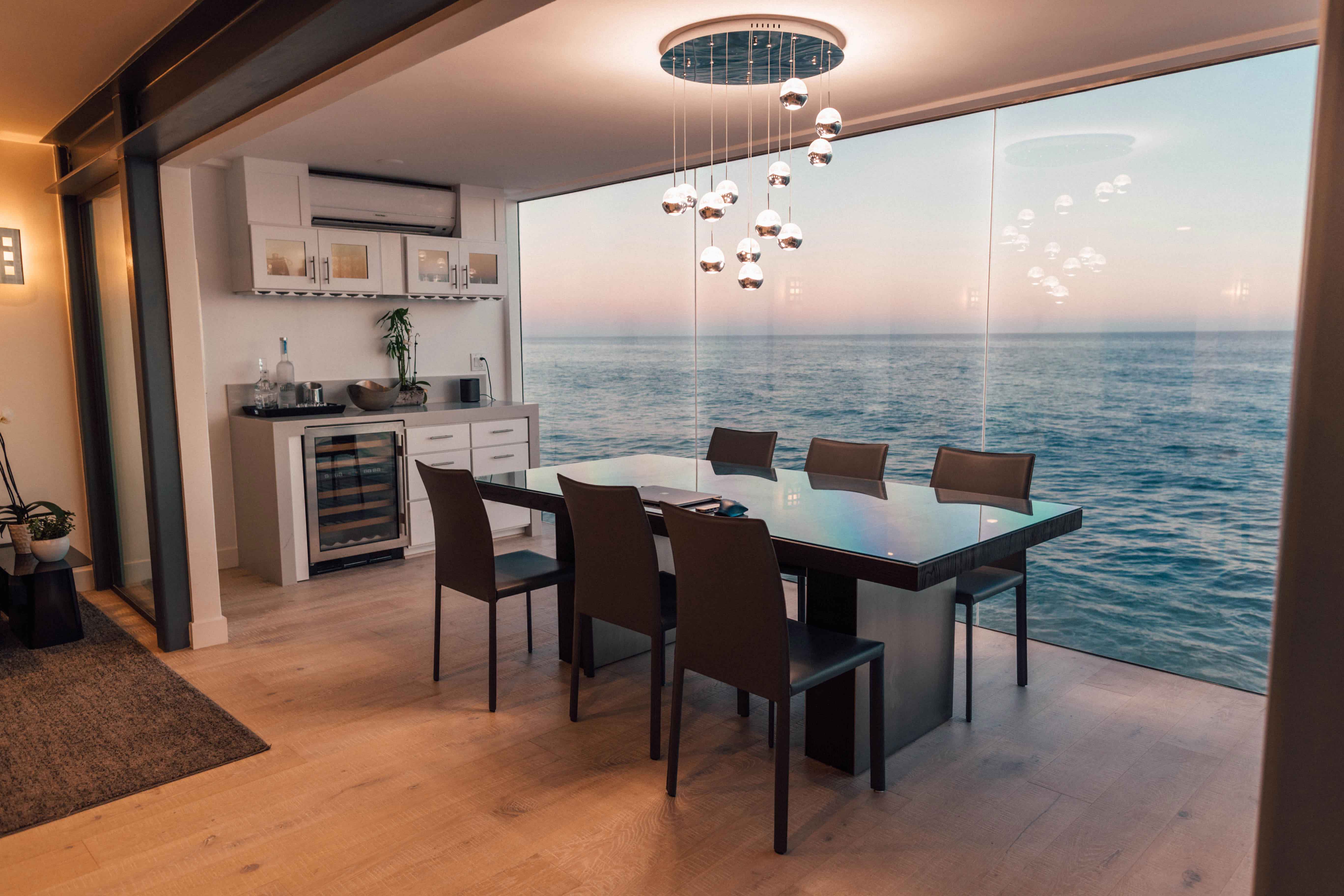
7 Reasons Why You Should Invest in Interior Design Consultant
2022-09-06 16:39:49
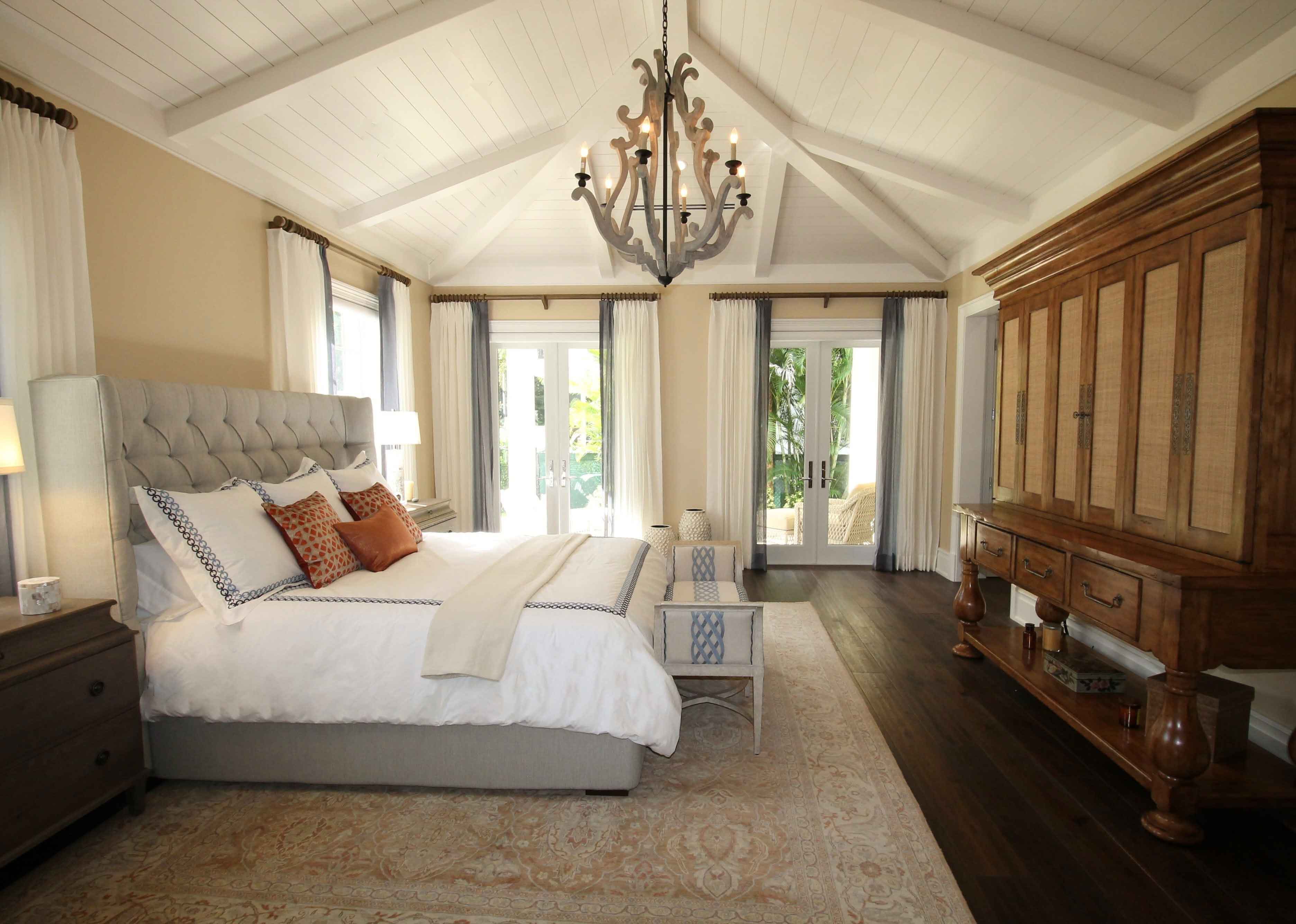
How to Get a Luxury Hotel Master Bedroom at Home?
2022-09-06 16:39:13
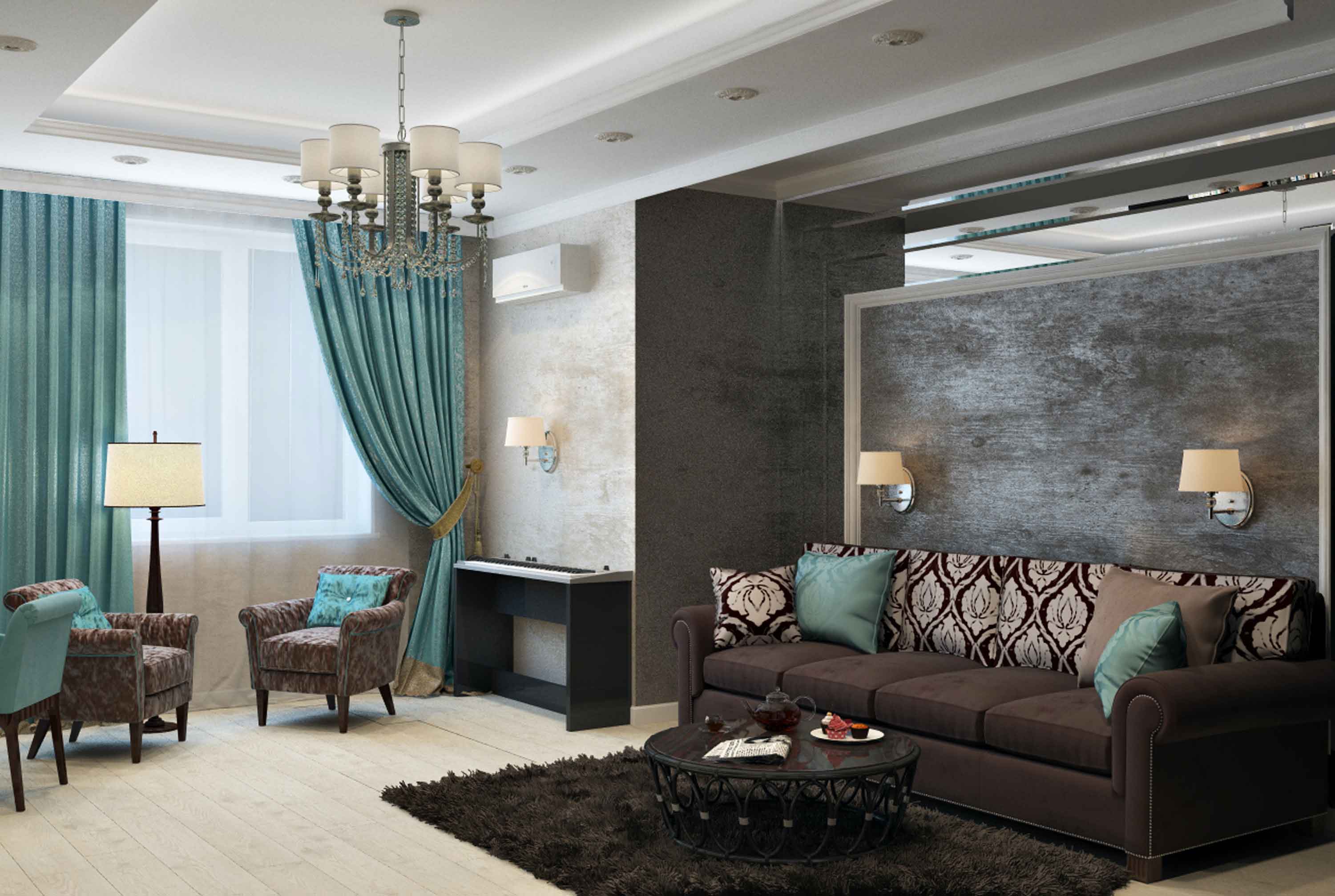
Creating Beautiful and Elegant Space with Artifex Interio
2022-08-17 20:57:55
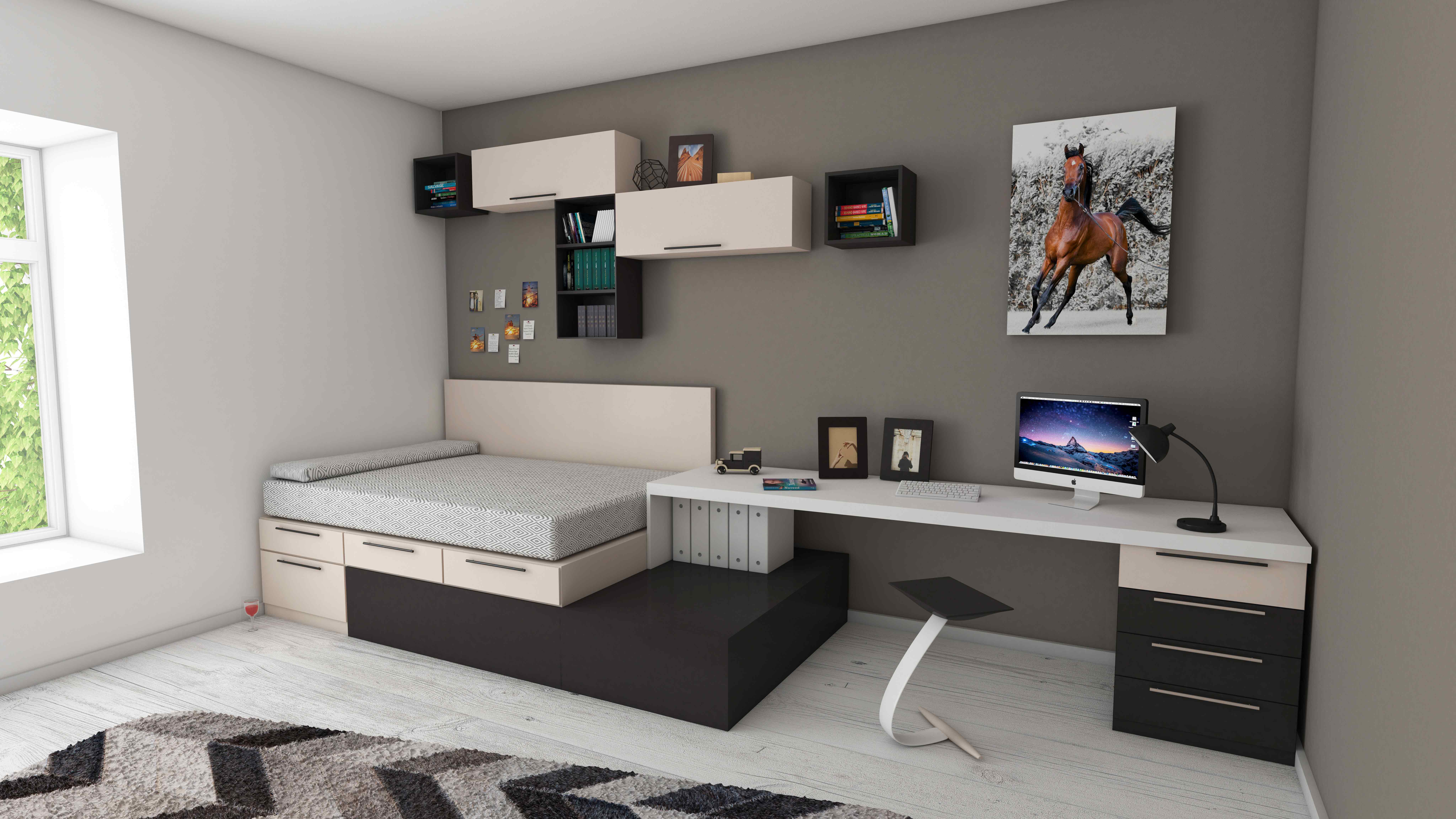
How Interior Design Consultants Can Keep You Out of Trouble?
2022-08-13 22:33:04
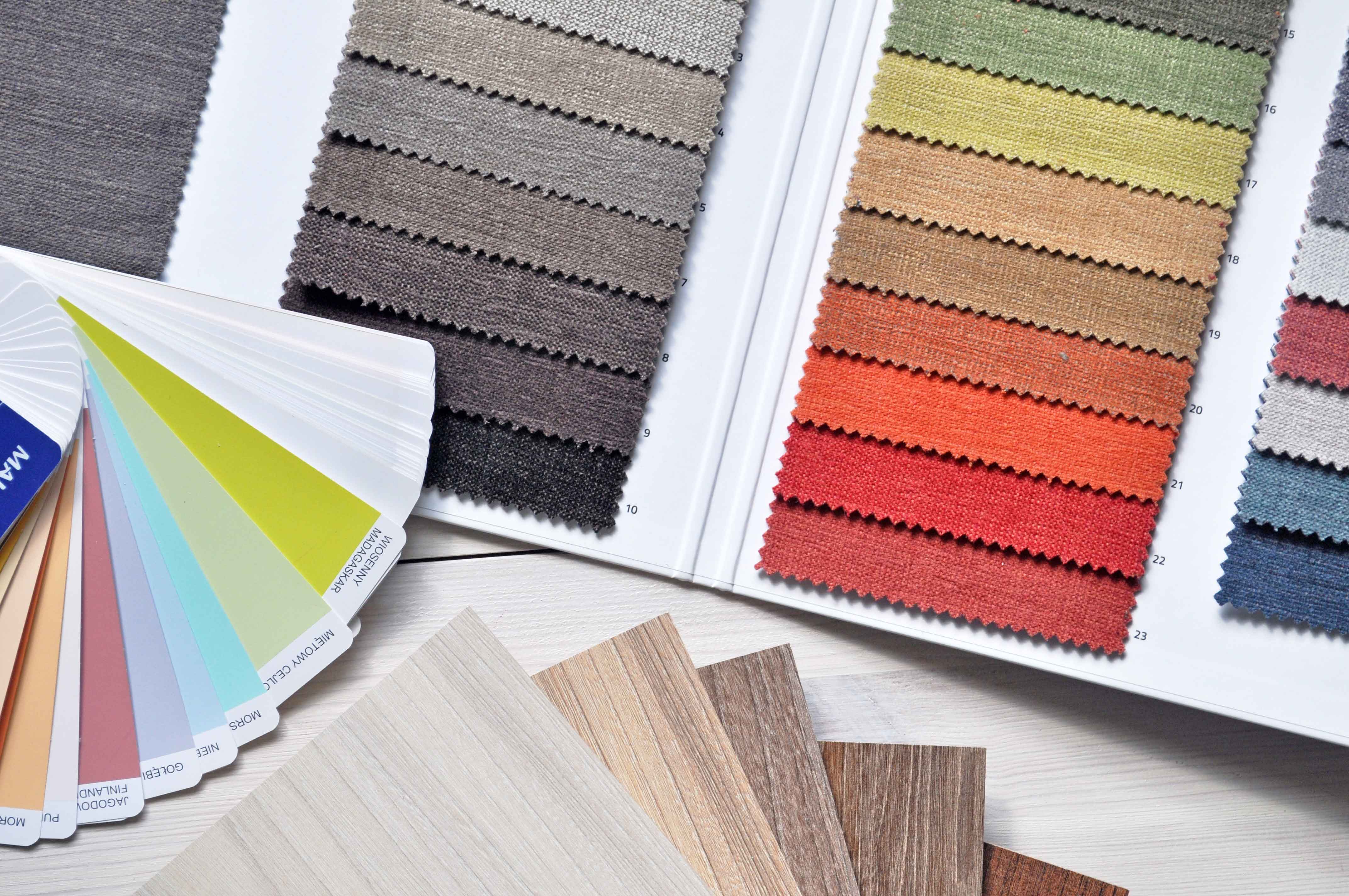
Artifex Interio Inspire You into Your Dream Interior Creations
2022-08-13 22:31:58

